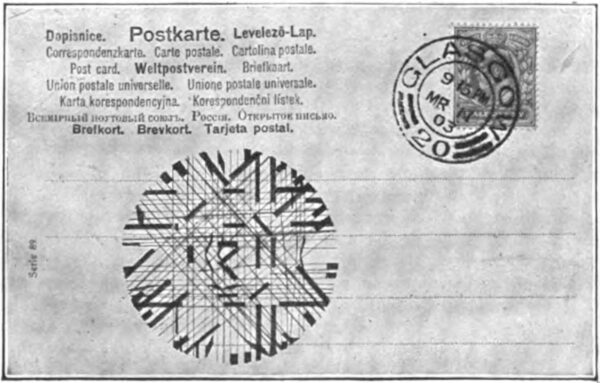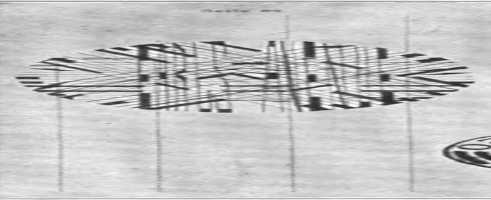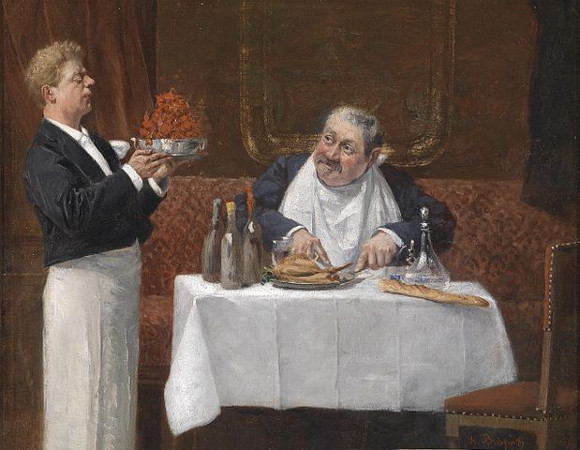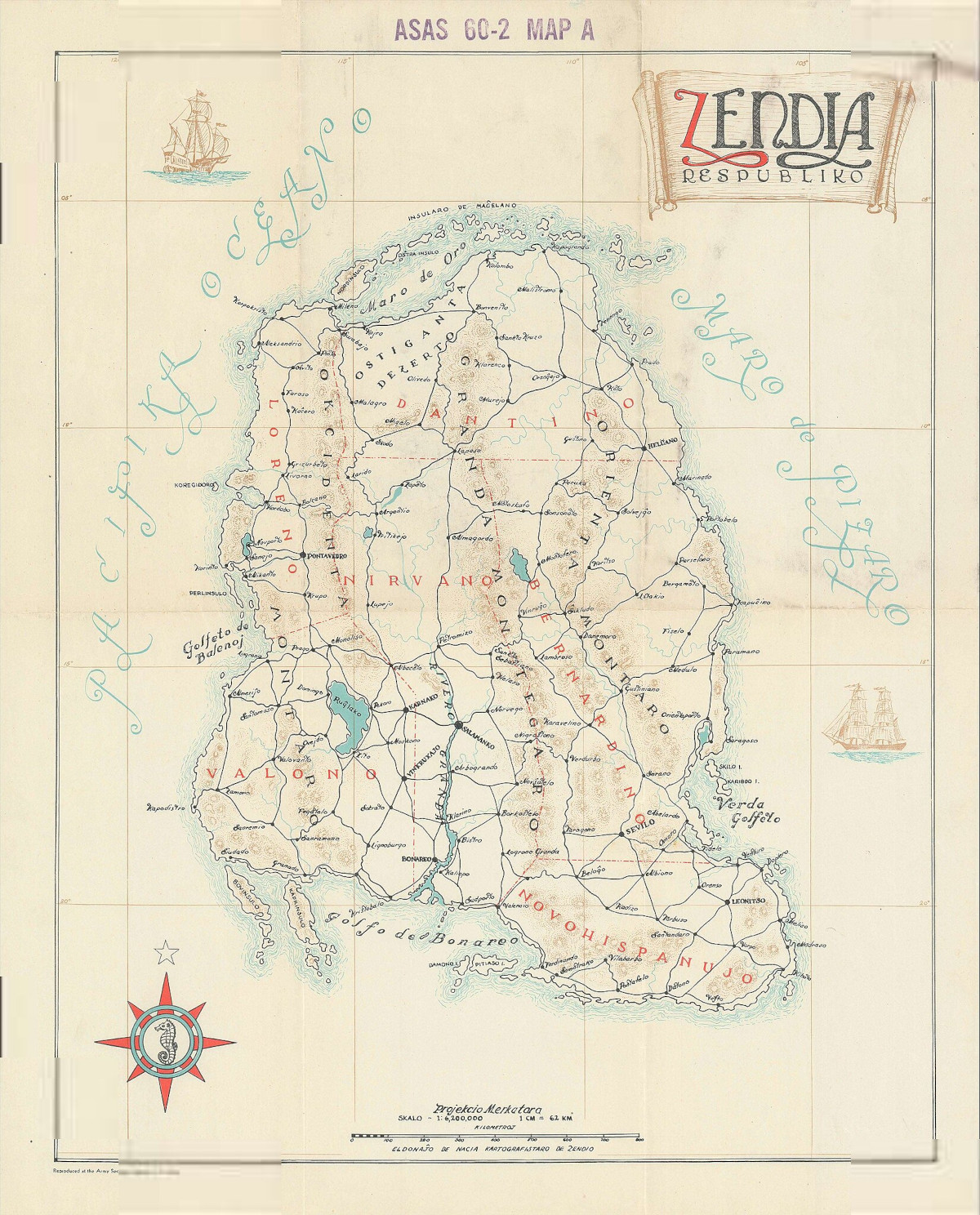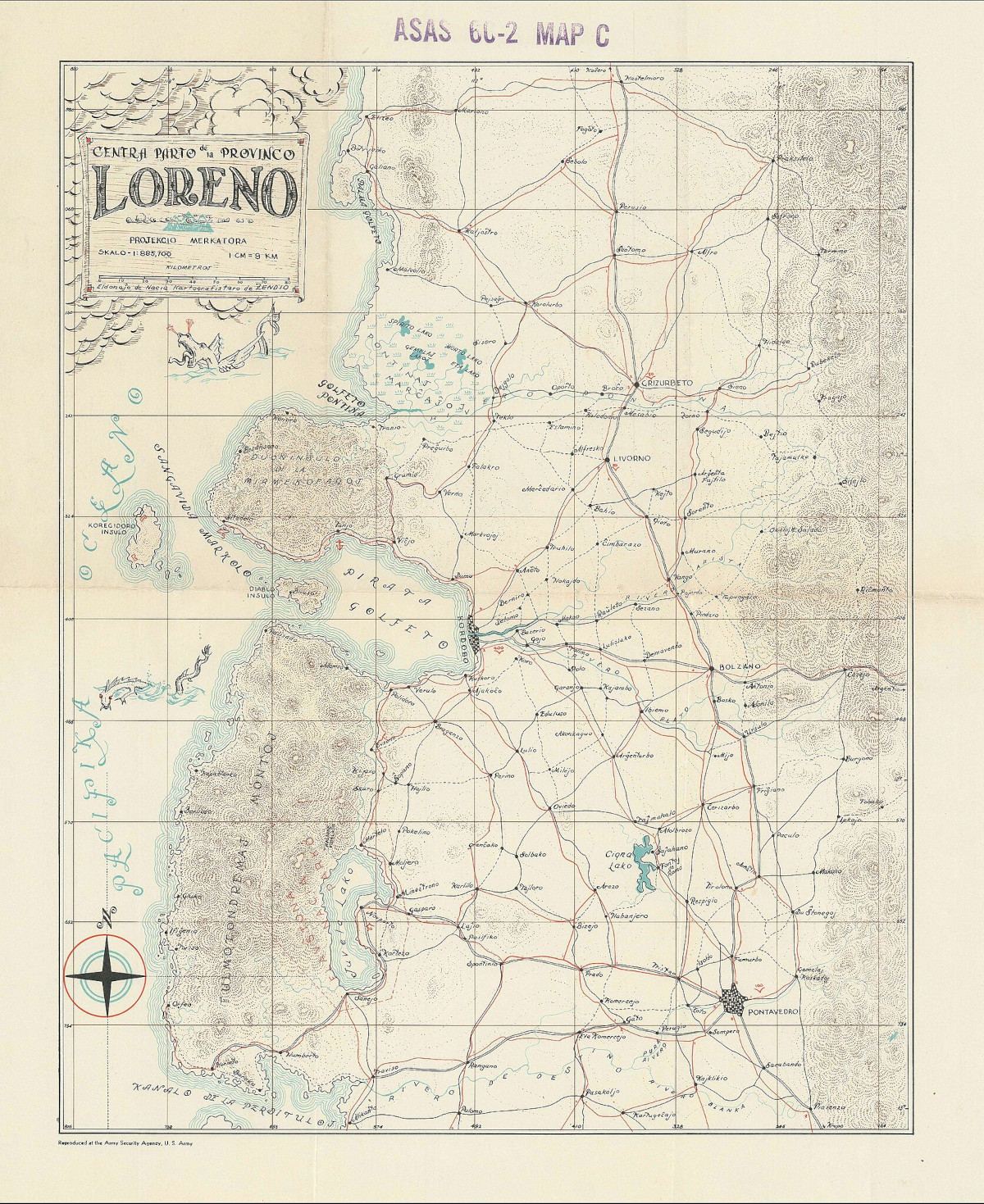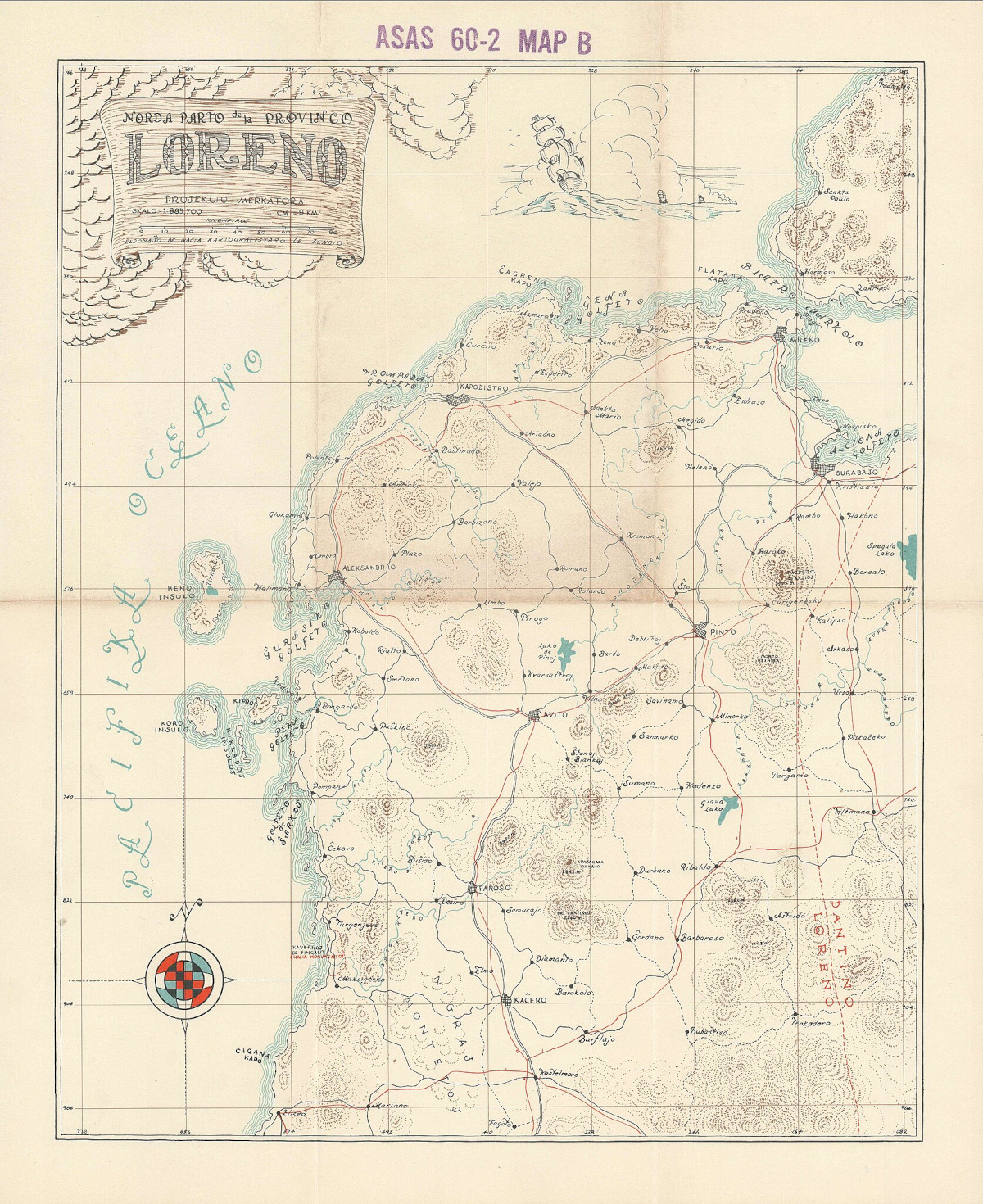Aphorisms from Norman Macdonald’s Maxims and Moral Reflections, 1827:
- By speaking contemptibly of our enemies, we disgrace our own hostility.
- We would be successful in most enterprises of life, were we to take that advice to ourselves which we give to others in similar circumstances.
- Severity of punishment deters minor crimes, but renders greater ones more certain and determined.
- Pride, like love, is sure to discover itself; because it can only derive value from the success with which it affects others.
- Were there no fools there would be no flatterers.
- The less we know of ourselves, the worse qualified we are to judge correctly of others.
- No end can be honorable that is dishonorably obtained.
- The better a man is known to himself, the more easily he is understood by others.
- There are two sorts of people that are never contented: they that do not know what they desire, and they that attempt impossibilities.
- The failure of many designs is owing to a confidence of success.
- A sure way, sometimes, to expose our virtue, is to endeavor to conceal it.
- A man is more deserving of success, that claims not adulation as his first conquest.
- We advise others better than ourselves.
- Most men have two principles, one practical, another professional.
- In cunning, our pride oftener dreads disappointment than our interest.
“Most men know how to take offence; but few know how to forgive — pride is always impatient; magnanimity, tolerant and pacific.”

